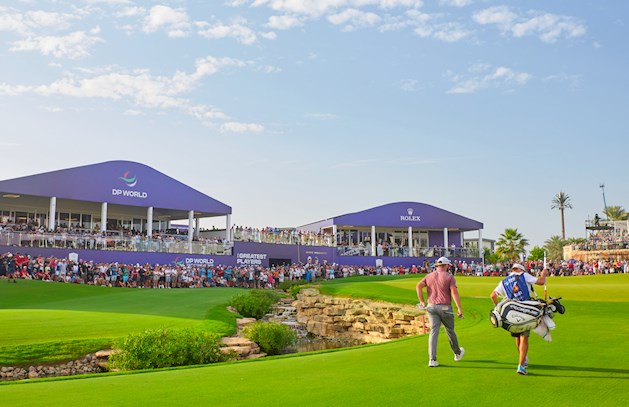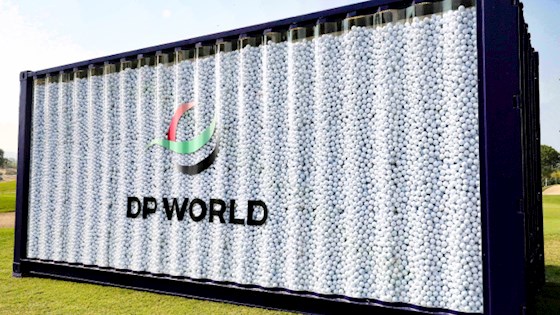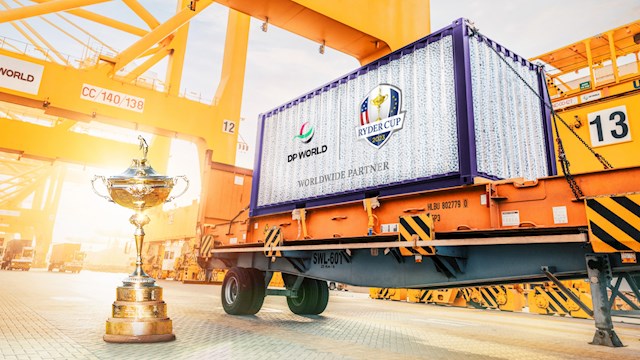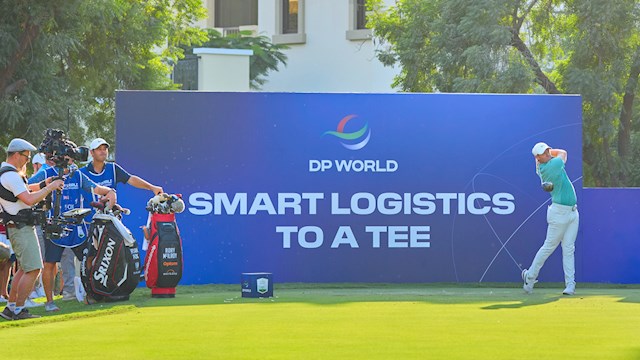-
- Global
- Algeria, Djazair
- Angola
- Argentina
- Australia
- Belgium
- Brazil
- Chile
- China
- Cyprus
- Dominicana
- Ecuador
- Egypt
- EU Intermodal
- Hong Kong
- India
- Indonesia
- Malaysia
- Mozambique
- New Zealand
- Pakistan
- Peru
- Philippines
- Romania
- Rwanda
- Saudi Arabia
- Senegal
- Serbia
- Singapore
- Somaliland
- South Korea
- Spain
- Suriname
- Thailand
- Turkiye
- United Arab Emirates
- Ukraine
- United Kingdom
- Vietnam
-
Menu
-
SOLUTIONS
Related content
![relatedcontent]()
Data Fills The Gaps In Modern Supply Chains
Global supply chains are no strangers to disruption, whether caused by trade disputes, geopolitics or the unpredictable forces of climate change. Amidst these challenges, an often-overlooked vulnerability lies in supply chain data gaps.
Read more![relatedcontent]()
Rail Networks Transform Supply Chains
Rail freight has the potential to revolutionise supply chains in both developed and developing nations, providing a key role in promoting sustainability and economic growth.
Read more -
INDUSTRIES
Related content
![relatedcontent]()
Making Healthcare Equity Reality
Healthy societies transform economies, yet the pandemics of the past few years have demonstrated that healthcare logistics is a complex beast and unique to that of any other sector.
Read more![relatedcontent]()
The Future Of EVs Is In Our Supply Chains
Electric vehicles (EVs) are proving to be the most popular replacement for fossil fuel cars. So much so that by 2030 electric vehicles will represent over 60% of vehicles sold globally.
Read more -
INSIGHTS
Related content
![relatedcontent]()
Our Stories
We connect people, markets and nations to change what's possible for everyone.
Read More -
SUSTAINABILITY
Related content
![relatedcontent]()
Changing the perception of water
Water is crucial for life on Earth and vital for our well-being. Businesses, including ours, can play a significant role in changing how water is used.
Read more![relatedcontent]()
Climate proofing the supply chain
We examine three climate scenarios, assessing the potential impact of weather hazards across 50 ports and terminals in our global portfolio.
Read more
- SOLUTIONS nav
- INDUSTRIES nav
- INSIGHTS nav
- SUSTAINABILITY nav

Golf & DP World
In a game defined by precision and perfect execution, our partnerships aim to elevate the sport at every level. From the graphite in the clubs to the quartz in the sand, we are at the heart of golf’s supply chain, enabling the growth of the game.
WHY GOLF?
With a year-round calendar, and a truly global footprint, golf is a sport that reflects the nature of our business. Through our leading smart logistics, we deliver the ingredients that make golf possible, support grassroots initiatives and shape the future of both golf and trade for everyone.


Ryder Cup
As a proud worldwide partner of golf’s greatest match-play event, our expertise and global network supports the delivery of the Ryder Cup.
An event that is known for smart partnerships and performance under pressure, our partnership with the Ryder Cup is a natural fit and the perfect opportunity to showcase our capabilities to a global audience.
DP World Tour
Our title partnership, which began in 2022, builds upon over a decade of support for the global tour.
Now playing in over 25 countries, with an expansion that tracks our journey from single port operator to a global supply chain provider, our partnership is committed to bringing the game to new audiences.
Growing The Game
We are committed to driving sustainable growth of the game worldwide, making golf more accessible to a diverse range of people.
Through partnerships such as the DP World Golf Performance Centre at Jumeirah Golf Estates in Dubai and the Tommy Fleetwood Academy, as well as our second-life golf ball container, we are changing what’s possible for golfers across the globe.
Ambassadors
DP World is committed to supporting and nurturing talent. Whatever the level, we are proud to offer our support on the journey to unlocking potential.
As our role in the global game grows, we have supported golfers from regions across the globe and at various levels of the game. We are currently proud to support 2021 European Amateur Champion, Christoffer Bring on his DP World Tour journey.
The Second-Life Container

Changing what’s possible
Setting out on the 2022 season, our unique container has been on a mission to collect used and lost golf balls ever since. Travelling the DP World Tour, we’ve so far provided over 130,000 balls to grassroots organisations in India, Africa, the Middle East, and Europe.
Read MoreExplore Industries
We use cookies on this site to enhance your user experience. By continuing to visit this site you agree to our use of cookies. Learn More












